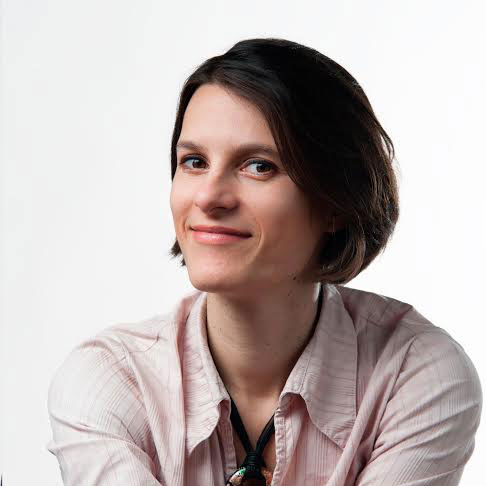Breda is becoming a city in the park by 2030: this is how!
Edited on
20 July 2021Breda (NL) wants to be the first European city in 2030 to be a city in a park. However, in order to realize this ambition, concrete measures will have to be taken. These can be read in the new ‘Groenkompas’ (Green Compass). It explains, among other things, how streets must always be ten percent greener when renovating, how at least 20 percent of the new neighborhood must be public green in the case of new construction and which new parks Breda will become richer in the coming years.

Breda's ambition has been clear for some time: to become a city in a park. But it was still unclear exactly how Breda intends to do this. The course is plotted with the Green Compass. “Greenery in and around the city is extremely important for the health of the inhabitants and for the quality of life and the attractiveness of our city and the villages. And green is essential to cope with the consequences of climate change,” explains Alderman De Beer. “The Groenkompas contains a clear course on how Breda wants to protect and expand the existing greenery in the coming decade, how we ensure that greenery is within walking distance for everyone and in which green does not become the final item, but the guideline for spatial developments”.
New developments
With concrete percentages, the Green Compass sets out how Breda will become greener as the city develops. The aim will be for every street that is redeveloped to be 10 percent greener. And when developing a new project, developers must designate at least 20 to 35 percent of the neighborhood as public green space. Developers and housing corporations must also develop 'nature-inclusive'. This means that buildings must contribute to biodiversity, for example by installing nesting boxes.
Protect and expand existing greenery
If greenery disappears somewhere in Breda, that greenery must always be compensated nearby. This new compensation principle is intended to ensure that the amount of green space in Breda no longer decreases. In addition, Breda is further expanding the ecological connection zones. “The advantages are great: people feel better, spend more time with each other and experience fewer problems such as heat stress and the environment for plants and animals is strengthened,” according to the municipality. New parks will be created around the city centre, namely the Luciapark, Seelig and 't Zoet. And neighborhood parks will be built in the neighborhoods and villages. “Existing forests will be expanded and tiny forests and food forests will be added.”
Accessibility is also being worked on. This is being done, among other things, with new detours and cycling routes. Nature play areas, green schoolyards and picking route also make greenery accessible to everyone.
Cooperation
In order to truly become a city in a park, Breda also needs help from authorities, companies and residents. In this way, a major step can be taken in greening gardens. For example, in the Schorsmolen district, only 4 percent of the gardens are green. The municipality therefore informs and encourages parties and residents to make a contribution in their own field. “With the help of the municipality, a community Breda, a city in a park, is emerging. Active residents and companies seek each other out and encourage each other to give substance to Breda's ambition with concrete actions and projects for greenery. People who want to contribute can join in.”
 Submitted by Viktoria Soos on
Submitted by Viktoria Soos on
